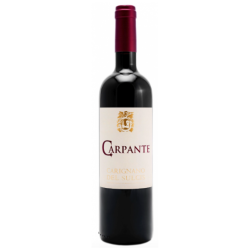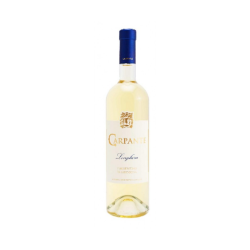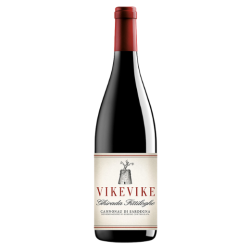Sardegna

The history of viticulture in Sardinia is closely intertwined with the civilizations that successively inhabited the island, shaping the unique and robust Sardinian culture known today. It is now known that vines (Vitis vinifera), like olives, were indigenous to the island. Sardinia owes not the vine itself but the art and knowledge of vine cultivation and wine production techniques to these populations. Alongside these techniques, successive waves of new grape varieties were introduced, although the origins of these imports are still debated and not always conclusively proven by science.
A cornerstone of Sardinian culture, the Nuragic civilization (beginning around 1800 BC) already domesticated wild vines, as noted by Bacci in his 1596 treatise "De naturali vinorum historia." He reported wine production from lambrusche vines ("wild" vines), indicating the longstanding Sardinian interest in wild vines, believed to predate imported techniques. Additionally, remains of wine vases and jugs dating back to the 14th century BC of Mycenaean origin have been found.
The Nuragic culture began to decline around 900 BC. It was then that the Phoenicians, who had long been landing in Sardinia, started to place greater importance on the island’s strategic position on Europe’s maritime trade route and began developing genuine coastal cities. The Phoenicians introduced many elements: olive cultivation, beekeeping, sheep dairy production, and writing (it was during their era that the island's name was first recorded—Srdn), transitioning the island from protohistory to history. Great viticulturists and navigators, the Phoenicians are believed to have introduced the Nuragus and Vernaccia grape varieties to the island and improved vine cultivation around their colonies, especially in Kalaris (Cagliari) and Olbia.
The peaceful coexistence between the Nuragic people and the Phoenicians ended when the latter began to show interest in the island's interior, a rare move for them. Facing fierce resistance from the Nuragic people, the Phoenicians were forced to call on Carthage for reinforcements, ushering in a new era of Punic domination, followed by the Roman period (between the 2nd and 4th centuries AD). Besides many viticultural practices, Sardinia owes the Moscato and Nasco grape varieties to the Romans.
After a brief period of vineyard abandonment due to the Vandal invasions in the mid-5th century, viticulture was revived by the Basilian monks of the Greek rite. At that time, Sardinia was part of one of the seven Byzantine provinces (the Exarchate of Africa), but it was only marginally affected by the 7th-century Islamic conversion of Mediterranean populations, so wine production did not suffer any interruptions.
The Byzantine Empire was followed by four Judicats. Although this period is known as the Sardinian Middle Ages, it gave a new impetus to the island's viticulture, notably through a remarkable codification of vine production and wine trade. Some ordinances imposed severe penalties for uprooting vines, ranging from fines to the amputation of the right hand. Finally, Sardinia owes a significant contribution to its oenological history to Aragonese (1324-1479) and Spanish (1479-1720) domination, from the introduction of new grape varieties (such as Bovale, Cagnulari, and Carignano) to new vine-growing methods. Some believe that the sa catalanisca method of growing vines without supports replaced the sa sardisca method, which used deadwood poles. However, others argue that this method, still widely used today, was already known to the Romans, hence its name alberello latino.
Today, the Sardinian vineyard covers 26,244 hectares, with 69% in hilly areas, 18% in plains, and 13% in mountains. The total wine production amounts to 638,000 hectoliters, of which 65.9% are DOC (Denomination of Controlled Origin) and 14.6% are IGT (Indication of Geographical Typicity).




